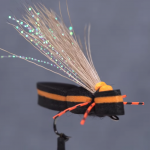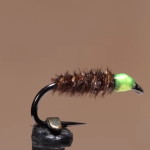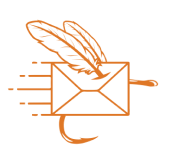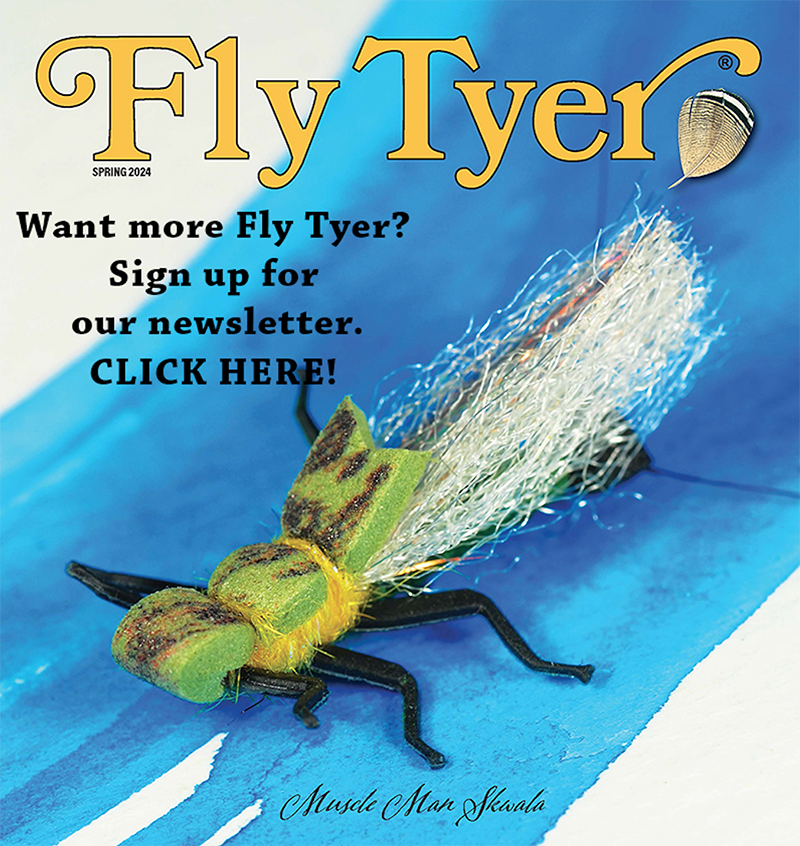by Tim Flagler
Let’s start this off with a few truths. Elephants eat peanuts, giant blue whales eat krill and trout absolutely love to eat teeny little midges. Ok, not all midges are super small but a whole lot of them are.
Midges go through complete metamorphosis, meaning they start out as eggs, change into larvae then pupae and finally, winged adults. Although trout routinely dine on all these stages, they are especially fond of midges in their larval state. Unfortunately for fly anglers, this feeding is rarely visible, as trout tend to do it quite close to the bottom, particularly in rivers and streams.
Several years ago, I watched a biologist take stomach samples from a few different trout on one of my local rivers. Nearly the entire contents of the trouts’ stomachs were hundreds, if not thousands, of midge larvae, many of them still alive and squirming in the petri dish. It was an incredible eye-opener for me and a bit depressing as well. It made me realize that a lot of the flies I’d been using for years were exponentially larger than what the trout were actually eating. This super simple midge larva pattern is a direct result of the insights I gained that day.
The fly is really nothing more than a thread body with a fine wire rib, to mimic the segmentation of the natural larvae. Importantly, the fly is tied on a 3x hook to closely match the natural’s proportions. And, of course, the hook is also extremely small, usually, a 22 or 24. In reality, the naturals, in my area anyway, are even smaller. The dark brown head on the fly is more for me than it is for the trout, as it seems to kind of pull the pattern together. As far as body color goes, it should be whatever is common in your area. I do a fair bit of stream sampling and often observe midge larva in the fish tanks, where I shoot video of whatever I’ve sampled. By far and away, the most common colors of midge larva I see are pale yellow with rusty brown internal parts and heads, and seafoam green ones with the same darker parts. I also tie and fish them with a red thread body, silver rib and black head, for no reason other than I’ve had success with them in the past.
It seems folks always want to add something like a glass bead, a little tuft to suggest wing buds or maybe gills. But the fact of the matter is, I want this pattern to represent plain old midge larva, not pupa or any other later stage of a midge’s development.
I almost always fish the pattern towed behind a weighted fly, so the rig drifts close to the stream bed, where midge larvae live and trout most often feed on them. Yes, they are a pain to tie onto fine tippet with aging eyes, numb fingers or both. But, they do a pretty phenomenal job of imitating something that trout love to eat on a regular basis.
Recipe
Hook: 3X-long natural-bend hook (here a Dai-Riki 270), size 24.
Thread/body: 8/0 or UTC 70 Denier, yellow.
Rib: Ultra wire, extra-small, copper.
Head: Tying thread, colored with a dark brown permanent marker.
Simple Midge Larva
Detailed instructions for tying a Simple Midge Larva fly. This is part of a series of Tim Flagler’s collaboration with Fly Tyer Magazine. Check out his article about the fly in the Winter 2023/24 issue of Fly Tyer Magazine. Recipe: Hook: 3X-long natural-bend hook (here a Dai-Riki 270), size 24.








